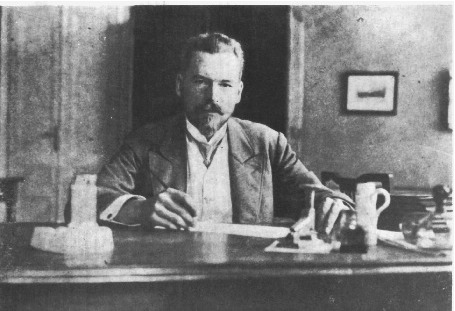Speaker
Description
We are investigating a conformational entropy of mucin protein to discern its correlation with the viscoelastic properties of the biopolymer system in various thermodynamic conditions. The mucin is believed to be responsible for gel formation inside synovial fluid of joints system which is very sensitive on both temperature and concentration changes[1]. The conformational entropy is computed based on the information about dihedral (Phi-Psi) angles of the mucin during protein self-organization process which in appropriate conditions are prone to network (gel) formation[2]. In turn, the viscoelastic properties are calculated based on information about inter- and intramolecular energies and mean squared displacement of the geometrical centers of the molecules [3]. In our study, we are using molecular dynamic simulation technique with a time duration of up to 50 ns, parameterized by six temperatures ranged between 300-315 K, and six concentrations 10.68-267.1 g/L (thus in the physiological range of the parameters).
We found that the conformational entropy oscillates in time but have a tendency to slightly decrease in a similar way in different concentrations in temperature 310K. There are no significant changes in conformational entropy behavior despite that the system exhibit a transition between c3 and c4 (160 g/L and 214 g/L) where crowding begins affecting the dynamics of the system and network between proteins starts to form changing its dynamic from diffusive to sub-diffusive. For single mucin molecule, the conformational energy trend changes from decreasing in lower temperature (up to 306K) to increasing in higher temperature (above 306K) introducing little more chaotical structures.
[1] Jay, G.D., Waller, K.A. Matrix Biology 2014, 39, 17–24
[2] Baruah A., Rani P., Biswas P., 2015. Sci. Rep. 5, 11740.
[3] Santamaría-Holek, I., Rubí, J.M., Gadomski, A. J. Phys. Chem. B 2007, 111/9, 2293–2298.

